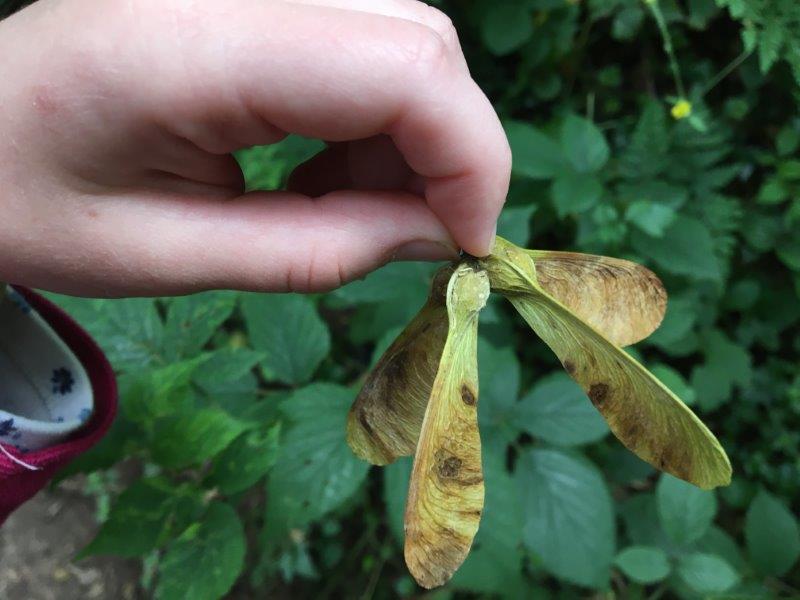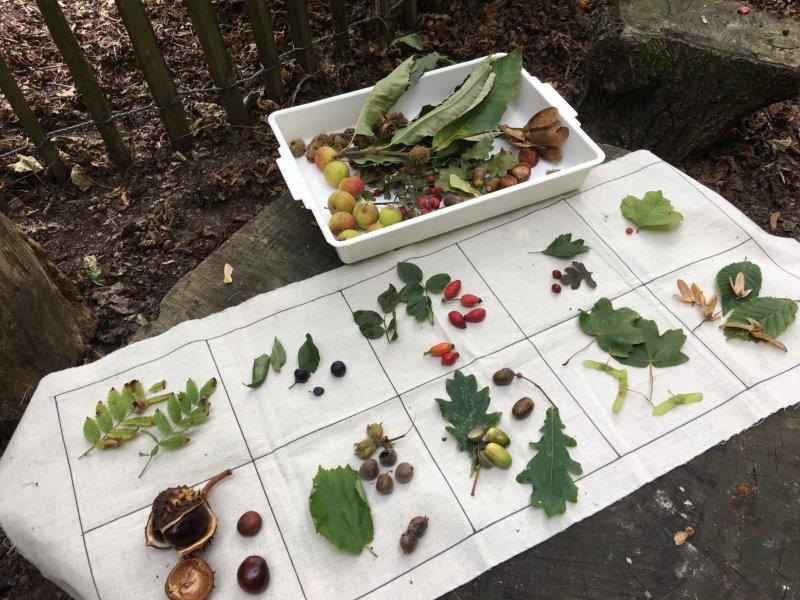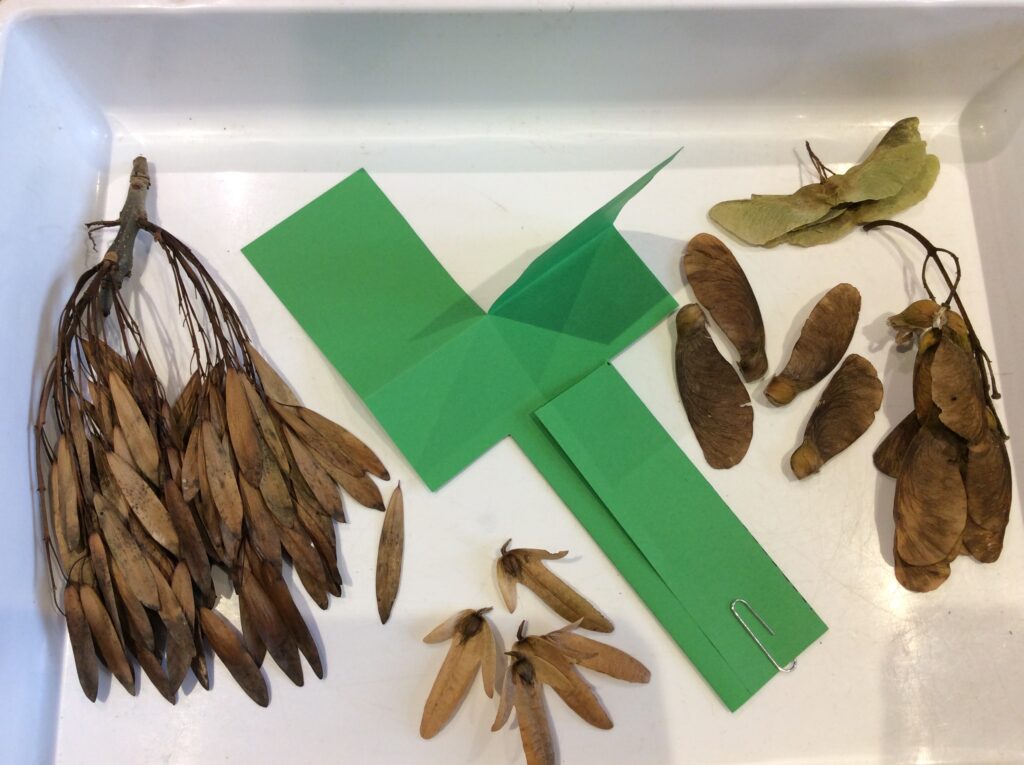
As the summer ends, many plants are preparing for the next generation and launching their offspring into the world. October is a great month to explore and investigate your school grounds and local wild space for different seed dispersal strategies.
Flowering plants are called angiosperms, which translates to a ‘seed in a vessel’. They are the largest and most diverse group of land plants with over 300,000 species, which represents approx. 80% of all known green plants living today. Because plants can’t move they have developed many ingenious seed containers to help them disperse their seeds.
We’ve all seen wind dispersal in action as most of us once, and maybe still do, collect the fluffy seed heads of dandelion ‘clocks’ to blow their parachutes into the air -fairies that carry the seed and a dreamer’s wish aloft. Wind dispersal enables seeds to be taken away from the parent plant to reduce overcrowding and competition. Other seeds with fluffy hairs (known as pappus) are rosebay willowherb and thistle.
Others depend on the wind in different ways. The ‘salt-and-pepper shaker’ style pods of the common poppy and red campion rely on the wind to shake their long slender stalks, tipping the shakers and depositing the seeds away from the plant.
Sycamore trees produce thousands of double-winged seeds (samara) also known as helicopters or keys. If tossed in air they spin around in the wind and have nicknames such as spinning jenny, whirlybird and wing-nut. Ash, common lime, hornbeam and field maple also have winged seeds which propel them through the air wherever the wind takes them.
Seeds have also developed to become hitch-hikers, with hooks or barbs to attach to a passer-by. Children love finding ‘sticky wickets’ or burrs to throw and stick on unsuspecting targets.
Plants that grow near water produce seeds that can float and use the flowing water to carry their offspring away. Whilst others produce seed containers that explode and burst open which such force that the seeds are propelled from the parent plant. Listen out for the popping sound of exploding seed pods of gorse growing on the New Forest heathlands.
Animals also eat fruits such as blackberries, hawthorn and rowan. The seeds inside the fruit, protected by a hard coating, are dispersed in the animal’s droppings – the perfect package of fertilizer to help the seedling grow! Another mutually beneficial arrangement is when seeds are dropped onto the ground, such as acorns and hazelnuts, which are carried away by squirrels, jays and small mammals. Some are eaten, whilst others forgotten in their hidden cache enabling seedlings to grow away from the parent plant.
All seeds are dispersed in a variety of ways but with shared aim of producing the next generation.
Ideas for investigations:
- Seed scavenger hunt: In small groups explore your grounds to find and collect as many different seed designs as possible – encourage groups to only collect fallen seeds allowing growing seeds to still develop. A ten-frame grid is great for sorting seeds by their different features – how are they dispersed? Lots of opportunities for play and to observe how seeds move! To extend learning, ask groups to match their seeds with a leaf from the parent plant to help with identification.

- Wildlife Detectives: Set up an investigation table for groups to look at their collected seeds using a magnify lens. Look for clues – do any show signs of being eaten? Feeding signs can show if a hazelnut has been eaten by a squirrel, mouse or bird. Winged seeds fallen to the ground have often been nibbled by mice. A tiny exit hole in an acorn can reveal that an acorn weevil grub has feeding on the nut inside. Invite groups to make connections to local wildlife and to make links as to why many plants produce so many seeds.
- Seeds on the move: Air borne seeds can travel great distances. To see this in action, invite groups to make their own ‘paper winged seed’. A paper clip acts as the seed and weight to make the seed spin. Release the seeds from the same point and use flags or cones to mark where the furthest seeds fall. It’s a fun challenge and illustrates how factors such as the strength and direction of the wind affects where a seed will travel. You can link this to making predictions and using measuring tape to record distances.

Above photo: Ingenious seed designs – throw up into the air and compare how hornbeam, ash, field maple and sycamore seeds spin to the ground. Have fun!
